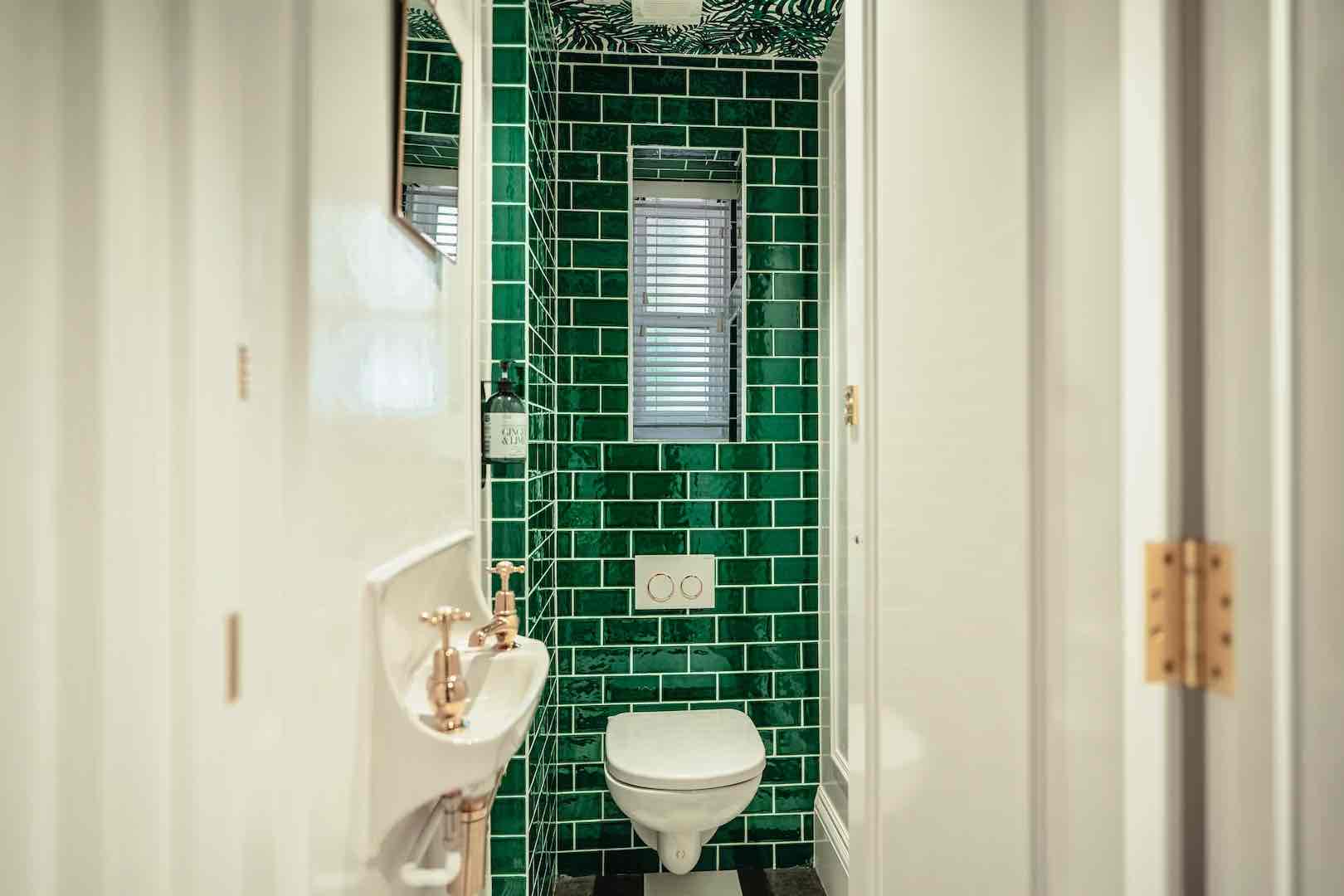
29 Jun Defeating Mold on Your Floors: Effective Strategies for a Mold-Free Environment
Discovering mold on your floors can be both unsightly and concerning. Mold growth not only damages the aesthetic appeal of your floors but also poses health risks.
In this blog, we will provide you with a comprehensive guide on how to effectively deal with mold on your floors. From identifying the type of mold to implementing preventive measures, we’ll share new ideas and advice to help you combat mold and restore a clean and healthy environment in your home.
- Identify the Type of Mold: Before taking action, it’s important to identify the type of mold present on your floors. Different molds may require different treatment approaches. Consider hiring a professional mold inspector or sending a sample to a laboratory for analysis to determine the specific type of mold.
- Safety Precautions: When dealing with mold, prioritize your safety. Wear protective gloves, goggles, and a mask to prevent direct contact with the mold spores and inhalation of airborne particles. Open windows or use fans to improve ventilation during the mold removal process.
- Dry the Affected Area: Mold thrives in moist environments, so the first step is to eliminate the moisture source. Thoroughly dry the affected area by using dehumidifiers, fans, or natural airflow. Ensure that the area is completely dry before proceeding with the mold removal process.
- Remove Mold from Hard Surfaces: For hard flooring surfaces, such as tile, laminate, or vinyl, you can use a mixture of water and mild detergent or a specialized mold cleaner to scrub away the mold. Follow the manufacturer’s instructions for any cleaning products used. Be sure to thoroughly rinse the floor and allow it to dry completely.
- Treat Carpeted Floors: Mold on carpeted floors requires a different approach. If the mold growth is extensive, it may be best to consult a professional carpet cleaning service or consider replacing the affected carpet. For minor mold spots, you can try using a mixture of water and vinegar or a carpet cleaner specifically designed to combat mold.
- Address the Underlying Cause: To prevent mold from returning, it’s crucial to address the underlying cause. Mold growth on floors is often a result of water damage or high humidity. Check for any leaks, fix them promptly, and ensure proper ventilation in the area. Consider using a dehumidifier to control humidity levels.
- Apply Mold-Inhibiting Products: After cleaning the affected area, consider applying a mold-inhibiting product to the floors. There are various mold-resistant sealers and coatings available that can provide an extra layer of protection against future mold growth. Consult with a professional or your local hardware store for suitable products.
- Regular Maintenance and Prevention: Prevention is key to maintaining a mold-free environment. Regularly clean and inspect your floors, especially in areas prone to moisture. Avoid excessive water spills and address them promptly. Consider using mold-resistant flooring materials in moisture-prone areas, such as bathrooms or basements.
- Seek Professional Assistance: If the mold growth is extensive, persistent, or if you have underlying health conditions, it’s advisable to seek professional assistance. Mold remediation experts can assess the situation, provide effective mold removal techniques, and offer recommendations to prevent future mold problems.
Conclusion
Dealing with mold on your floors requires a proactive approach to eliminate existing mold and prevent its recurrence. By identifying the type of mold, taking necessary safety precautions, thoroughly cleaning hard surfaces or treating carpets, addressing the underlying cause, applying mold-inhibiting products, practicing regular maintenance, and seeking professional assistance when needed, you can effectively combat mold and restore a mold-free environment in your home
